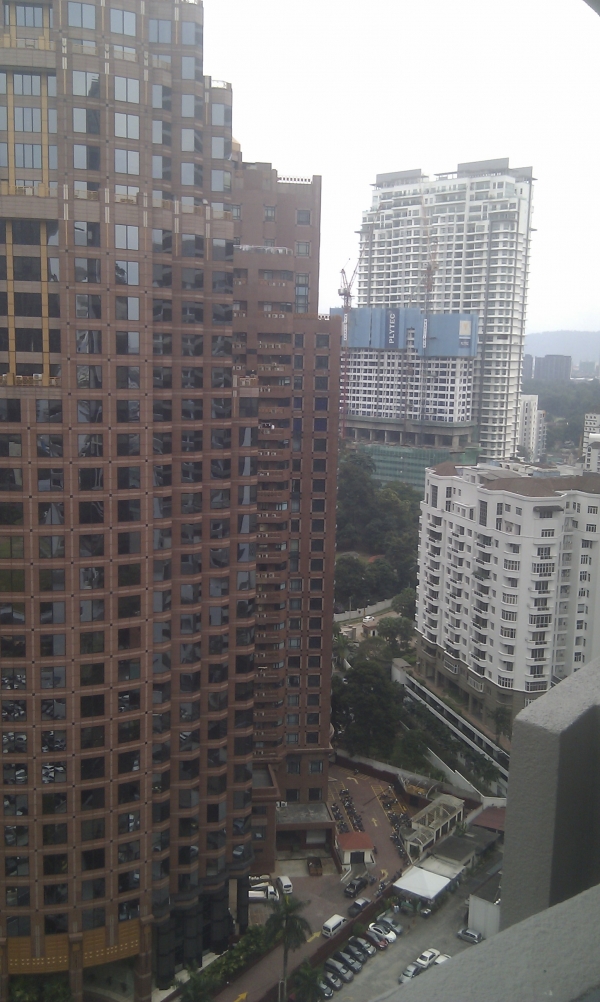The ninth World Urban Forum opens on 7 February 2018, and I am here in Kuala Lumpur and will be reporting on it on this website and on other social media.
The World Urban Forum (WUF) is held every other year, and in a different city each time. Hosted by UN-Habitat, it brings together representatives of national governments, cities and local governments, urban professionals and a multiplicity of campaigning NGOs. As Eugenie Birch has argued, this pattern of working with stakeholders and through partnerships has become increasingly prominent, and is particularly important if the New Urban Agenda is to be implemented.
The theme of this WUF is Cities 2030 – Cities for all: Implementing the New Urban Agenda. As we are already in the third year of the Sustainable Development Goals 2016-2030, and 18 months on from Habitat III, it is really important that the talk is turned into concerted action. In this respect, the UN has recognsed that urban and territorial planning has a key role to play. As the WUF website says „Cities, if planned and managed well, will become the main tool for sustainable development and has a potential to be a solution to many of the challenges our planet is facing today. The New Urban Agenda lays out the vision for future cities based on the science of urban development providing tools in crucial areas.“
The reality, of course, is that much of the urbanisation of the last three decades has not been „planned and managed well“. In some cases governments have simply not been able to invest the resources needed to do a proper job; and in some rich countries they have largely contracted out urban development to developers, replacing the „public good“ role of planning with a pragmatic „enabling“ ethos. That is why WUF9 is so important: if after the SDGs, the International Guidelines on Urban and Territorial Planning, and the New Urban Agenda, governments and even planners themselves don’t begin to do things differently then the prospects for delivering sustainable urban development will be slim. Just a reminder, the world’s urban population is expected to nearly double by 2050, and by 2030, just a dozen years from now, cities are likely to be home to nearly 70 per cent of the world’s population. Oh, and a billion people still live in slums. If ever there was a time when bold urban and territorial planning was needed, this is surely it.
Perhaps most crucial of all, we are seeing a covergence between countries. Austerity and the gig economy mean that informality, a widening gap between the very rich and the rest of the population, and failing public services are now commonplace in some of the richest countries of the world, which in turn are connected by migration and challenges of climate change to some of the poorest. Meanwhile, China is rolling out its infrastructure-led model of urban development across Asia, Africa and Europe, as previously described on this website.
So it should be an interesting week, culminating for me with the launch on 12 February of „Leading Change“, the book sponsored by the South African Local Government Association, the S.African Department of Human Settlements, and UN-Habitat, and of which I was the lead author.

Schreibe einen Kommentar